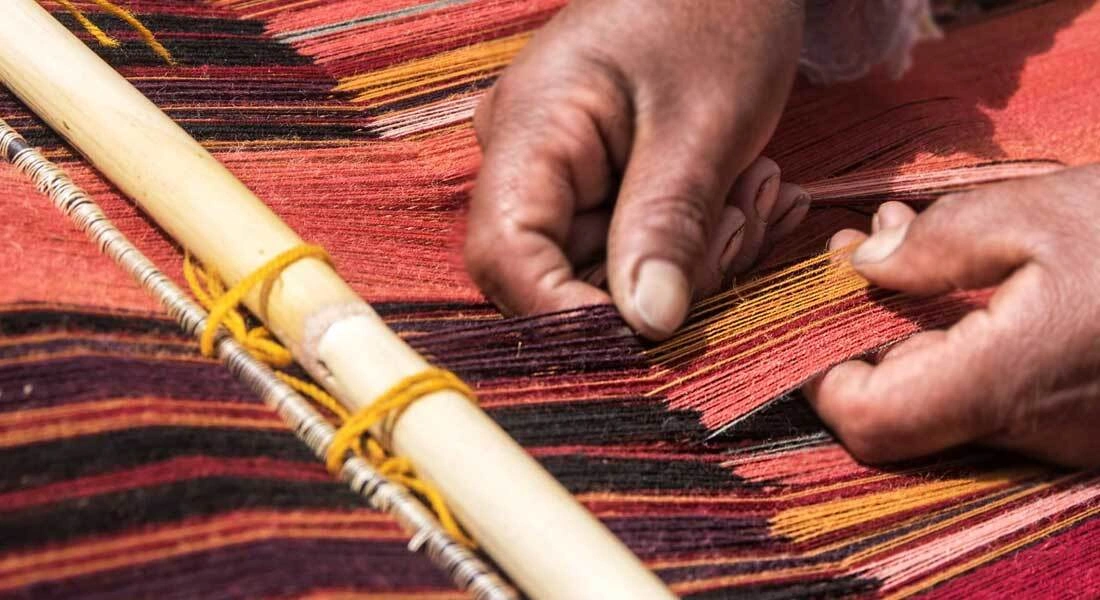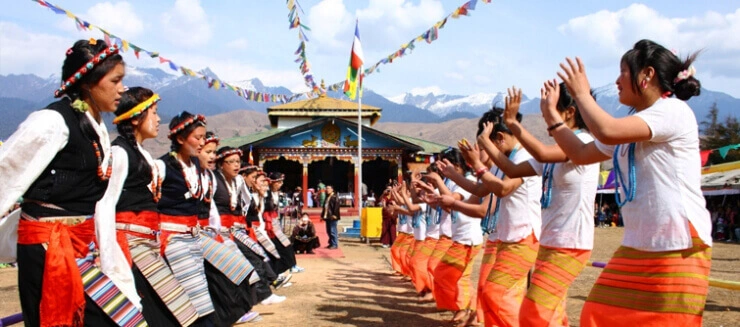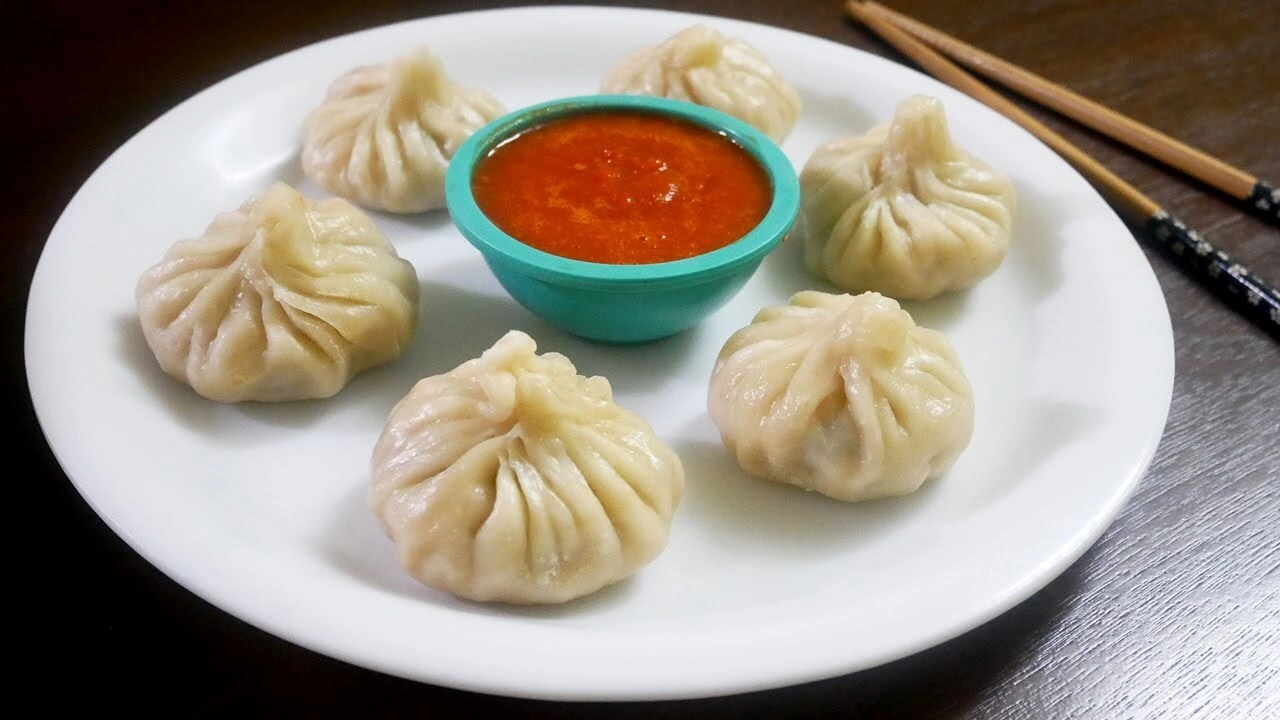Discover Yingkiong Culture and Cuisine

Traditional Crafts
Yingkiong, located in Arunachal Pradesh, India, is known for its vibrant traditional crafts, reflecting the rich cultural heritage of the Apatani tribe. Artisans skillfully create intricate bamboo and cane products, including baskets and mats, showcasing their craftsmanship. Handwoven textiles with unique patterns and vibrant colors are also significant, often used in traditional attire. The crafts serve not just functional purposes but also cultural expressions, preserving ancestral skills and promoting community identity.
Losar Festival
Losar, the Tibetan New Year, is a significant celebration in Yingkiong, Arunachal Pradesh, marking the arrival of spring. It typically lasts for several days, featuring vibrant festivities that reflect the region’s rich cultural heritage. The festival includes rituals, traditional dances, and feasting on local delicacies. Communities come together to decorate their homes, perform age-old songs, and engage in games. Losar is a time for family reunions and honoring ancestors, fostering unity and cultural pride.


Thukpa
Thukpa is a popular noodle soup in Yingkiong, Arunachal Pradesh, and is cherished for its warmth and flavor. This hearty dish typically features hand-made noodles cooked in a savory broth, often enriched with vegetables, meat, or tofu. Spices like ginger and garlic enhance its aroma, while fresh herbs add a burst of freshness. Thukpa is not only a comfort food but also a communal dish, enjoyed during gatherings and festivals, symbolizing hospitality and warmth in the local culture.
Momos
Momos are a popular snack in Yingkiong, Arunachal Pradesh, celebrated for their deliciousness and versatility. These steamed dumplings are typically filled with a variety of ingredients, such as minced meat (like chicken or pork), vegetables, or paneer, all seasoned with local spices. Served with a spicy dipping sauce, momos are a favorite street food and often enjoyed during gatherings and festivals. Their popularity reflects the region’s rich culinary influences, blending flavors and traditions.
